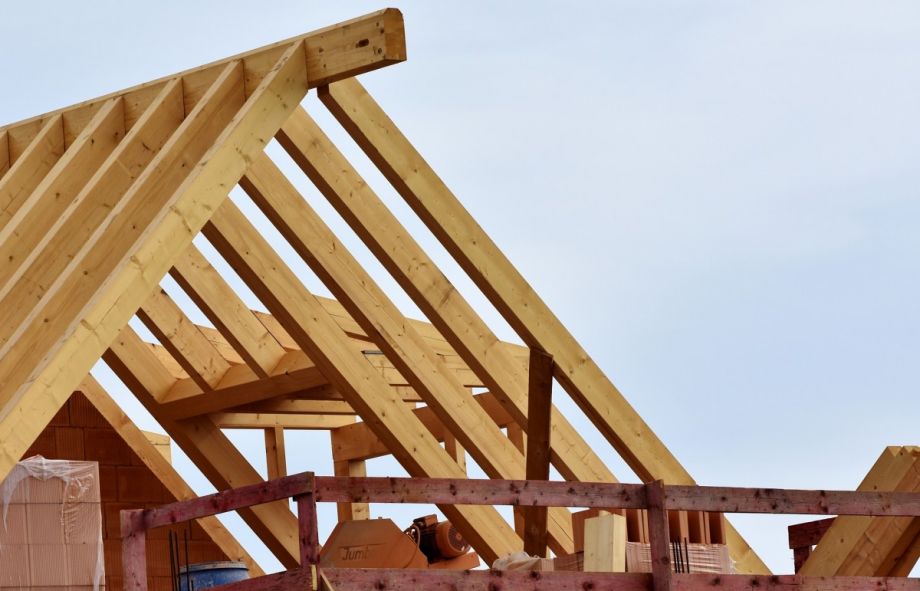The Biden Administration sent a strong message last month with a commitment to cutting U.S. emissions in half by 2030, and it’s clear that housing will be central to a successful climate strategy. Both this announcement and the American Jobs Plan rightly center housing that is affordable to Americans as critical infrastructure—for climate benefits, community resilience and stability, improved health, and job creation. Biden’s plans include much-needed investments to address housing insecurity for millions of people and make an important down payment on climate solutions as well.
The first big plan to follow through on these climate commitments is the American Jobs Plan, which will provide resources to build, preserve and retrofit more than 1 million resilient and affordable housing units through an array of resources—grants, energy-efficiency tax credits, public housing capital backlog resources, support for rural housing and new project-based rental assistance. In addition, the plan calls for the enactment of the Neighborhood Homes Investment Act (NHIA), which would support the construction and rehabilitation of over 500,000 homes in distressed communities.

Overall, these resources will build wealth, improve energy efficiency, and reduce our nation’s racial disparities in homeownership, which are greater now than when segregation was legal in 1968.
Constructing, Preserving, and Retrofitting
President Biden’s plans rightly underscore the need to construct and preserve affordable and sustainable homes, for both renters and homeowners. Every state in the United States has a shortfall of affordable housing. For renters earning less than 30 percent of the area median income, this shortfall is more than 7 million homes, and it is likely to worsen. The National Housing Preservation Database indicates that approximately 300,000 publicly supported rental homes have federal affordability requirements that expire within the next five years.
Affordable homeownership is also inaccessible to many families with low and moderate incomes, especially in Black and Brown communities that have experienced disproportionally high housing and energy costs, evictions, and utility shutoffs as a result of systemic racism. The COVID-19 pandemic has exacerbated these burdens. A just recovery strategy through the new commitment and the American Jobs Plan must center affordable housing and people of color to mitigate disparate economic, health and climate impacts.
President Biden’s strategies to preserve affordable housing includes retrofitting affordable homes through deep energy efficiency and electrification upgrades. These upgrades reduce energy use and costs, making the homes less expensive to own and operate in the long term. Switching from fossil fuels to clean electricity by focusing on wider heat pumps and induction stove usage, combined with efficiency upgrades, can also eliminate high-cost propane and heating oil prevalent in rural communities, as well as insulate families from extreme price swings in natural gas.
Housing for Health & Climate Benefits
Equitable investment in housing infrastructure makes Americans healthier. Housing stability and housing quality are two of the best researched social determinants of health and are directly linked to improved health outcomes of residents, plus decreased healthcare costs. Retrofitting homes for affordability, resilience and energy efficiency offers an opportunity to ensure exactly these benefits.
By electrifying homes, we can address sources of pollution that directly impact respiratory health, recognizing that children living in homes with gas stoves are at higher risk of experiencing asthma and that combustion emissions from the building sector are responsible for the largest share (37 percent) of premature deaths associated with air pollution nationally.
An investment in housing infrastructure is also an investment in climate solutions. Housing is responsible for 17 percent of U.S. economy-wide net climate emissions— almost 1 billion metric tons per year— from heating, cooling and other uses of energy. To meet the administration’s new goal of a 50% emissions cut by 2030, the U.S. will have to dramatically slash these housing emissions through deep energy efficiency upgrades, electrification and the use of clean energy sources. Affordable homes in rural communities in particular often have poor efficiency, outdated heating and cooling technology and an overreliance on expensive and higher polluting fuels, making them a promising target for reduced energy burdens and healthier living through building decarbonization.
Investing in carbon-free housing will create jobs and economic opportunity, as well. And in some markets, initiatives are already underway to upgrade affordable housing at scale. Enterprise’s Green Communities and Keep Safe America programs have demonstrated the sector’s ability to implement healthy, efficient, disaster-resilient and environmentally responsible practices at scale. RMI’s REALIZE and New York’s RetrofitNY programs are catalyzing new market-based approaches to zero-emissions retrofits.
New federal funding, if properly deployed, would enable these models to scale significantly. It would stimulate new jobs, drive down retrofit costs, and help a new sector of the economy to thrive, long beyond this federal funding. These investments and job opportunities exist in every county in America. More workers will be able to access wealth-building jobs and opportunities for minority and women-owned businesses in these sectors will increase.
All told, the American Jobs Plan presents a historic opportunity to meet new climate commitments while influencing our country’s housing shortage, racial inequities, health crisis, and the economic downturn. Let’s not pass it up.
Source: Nextcity





